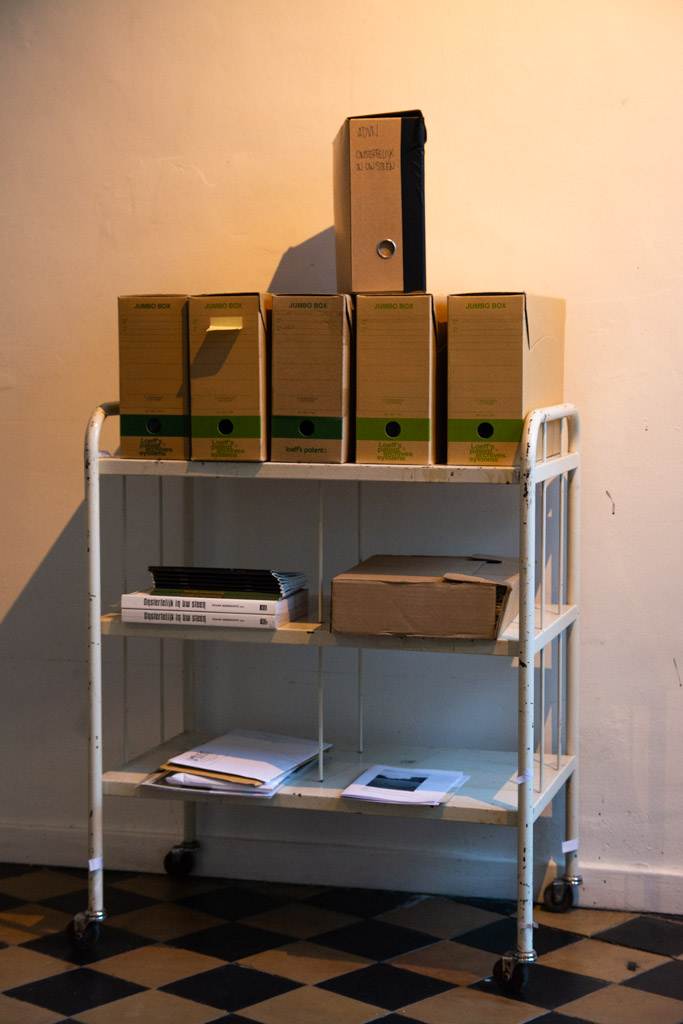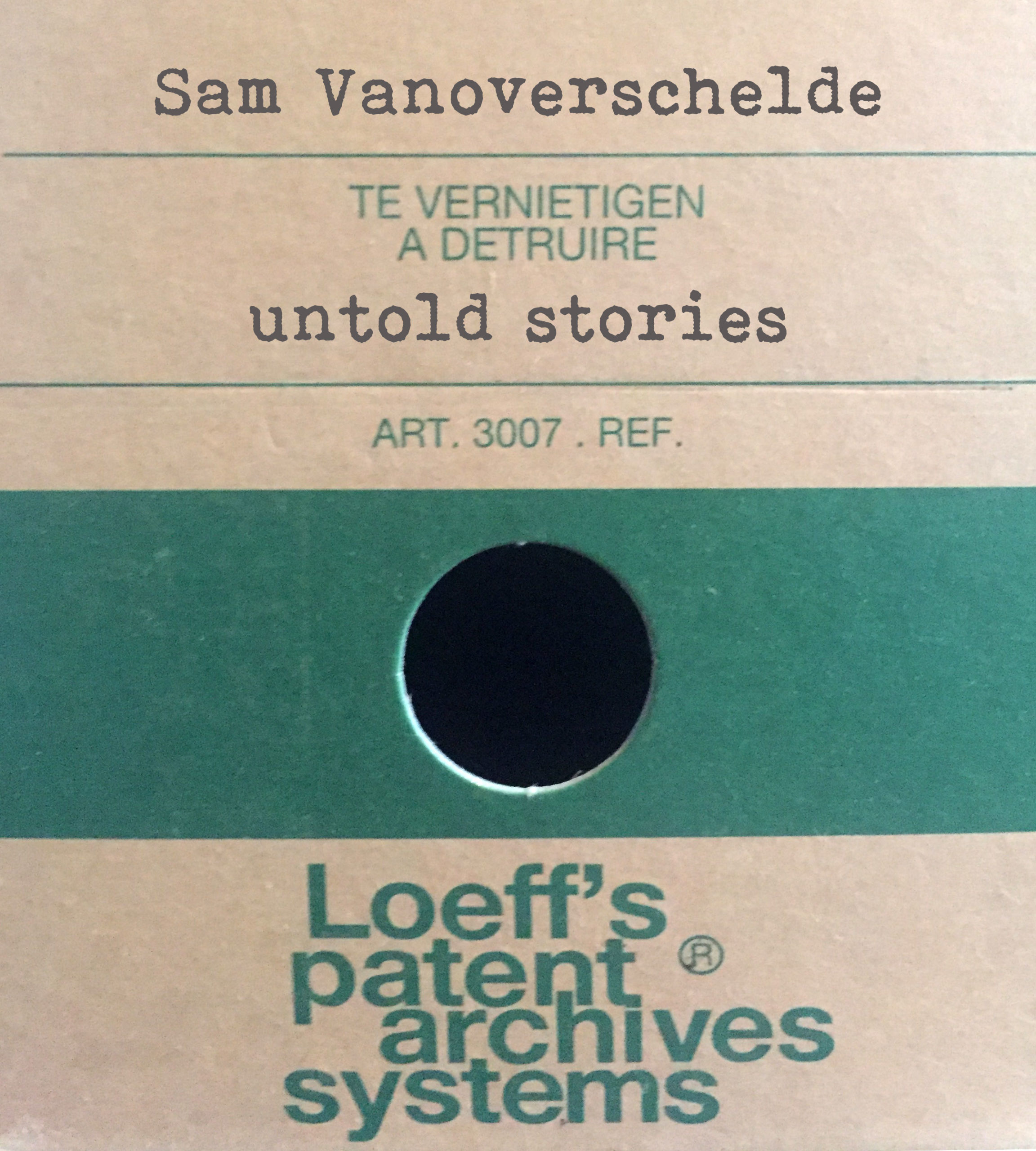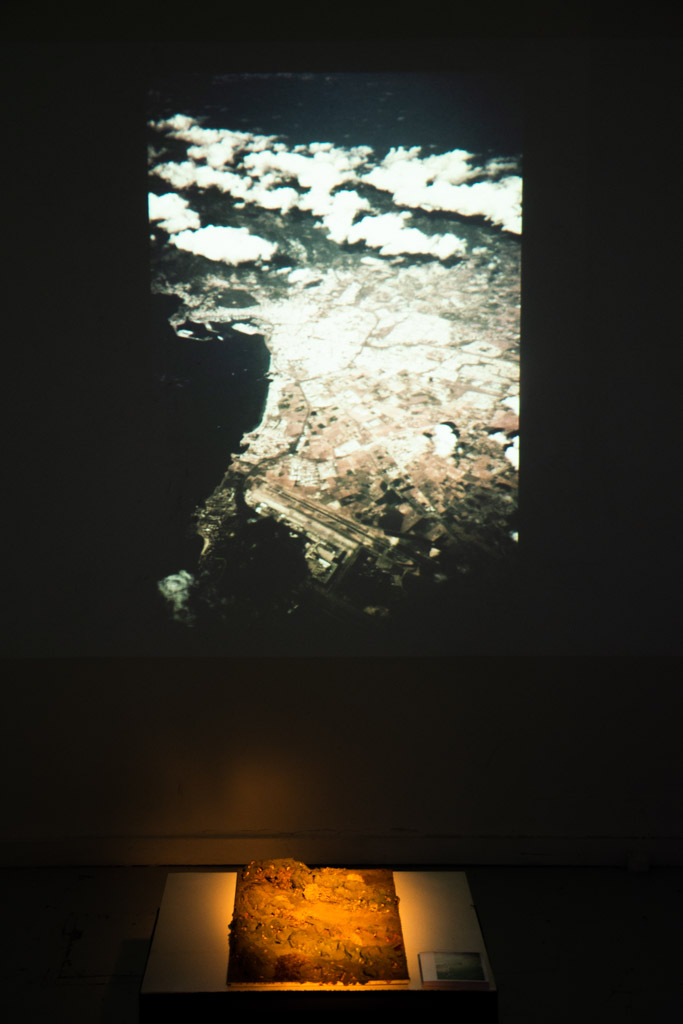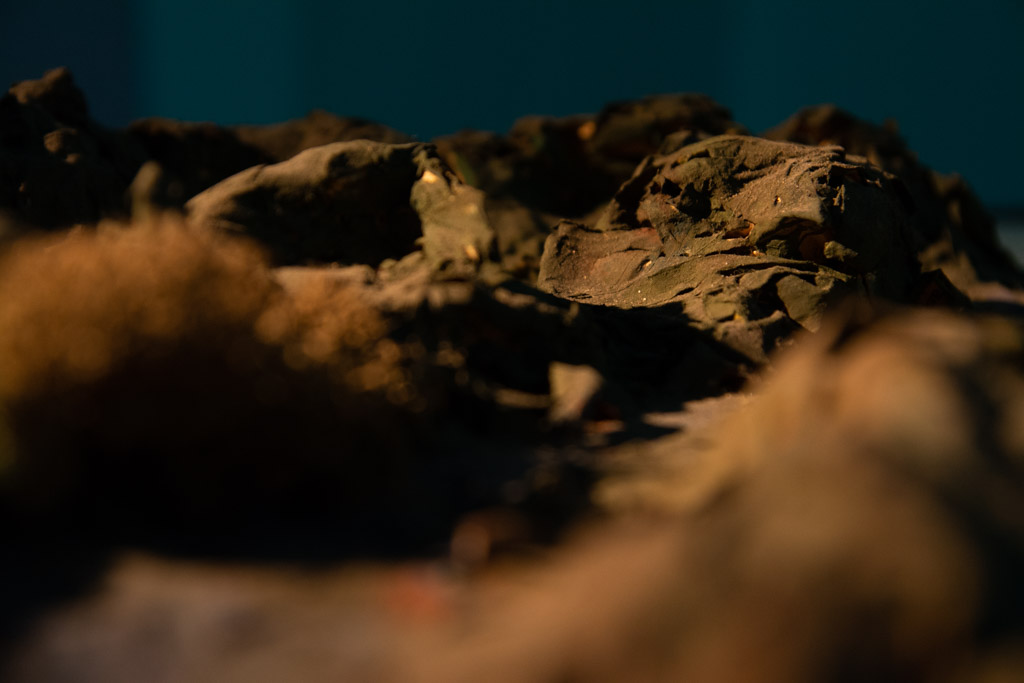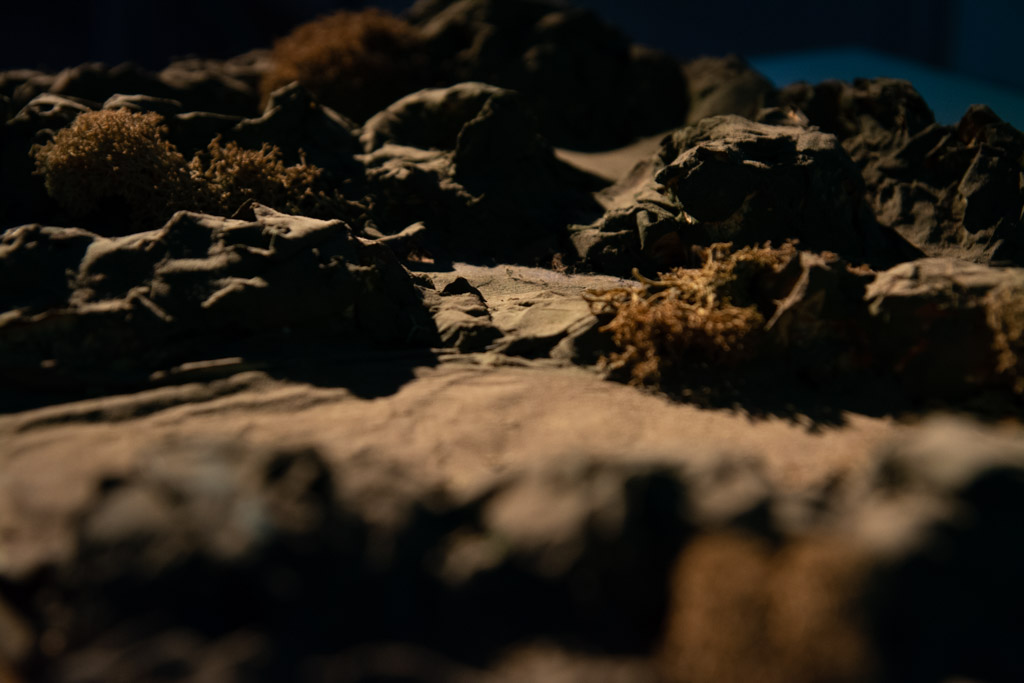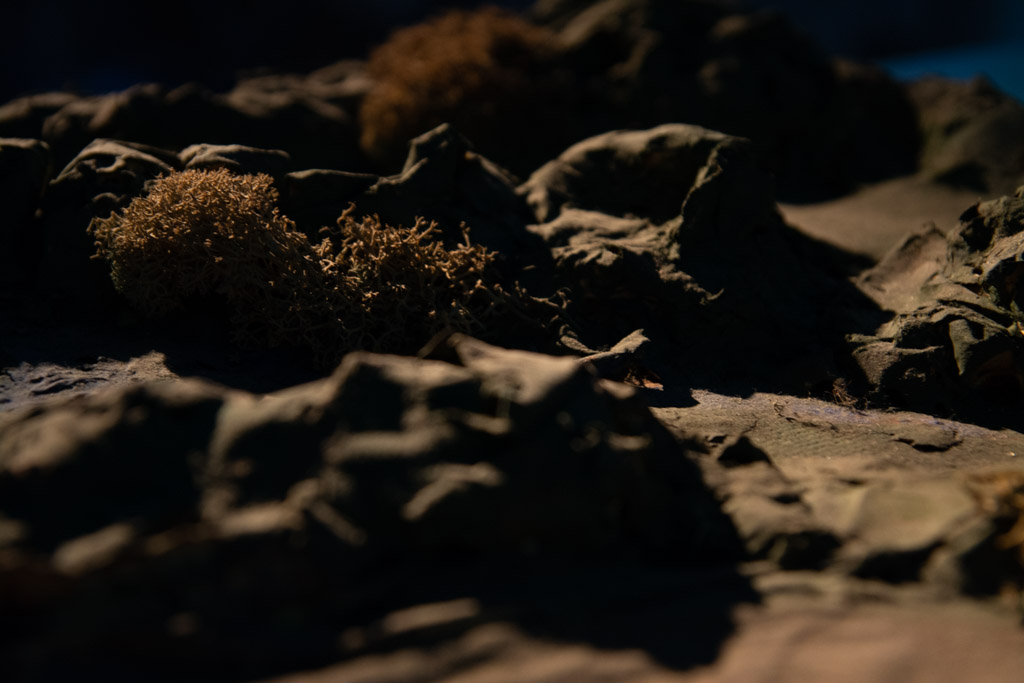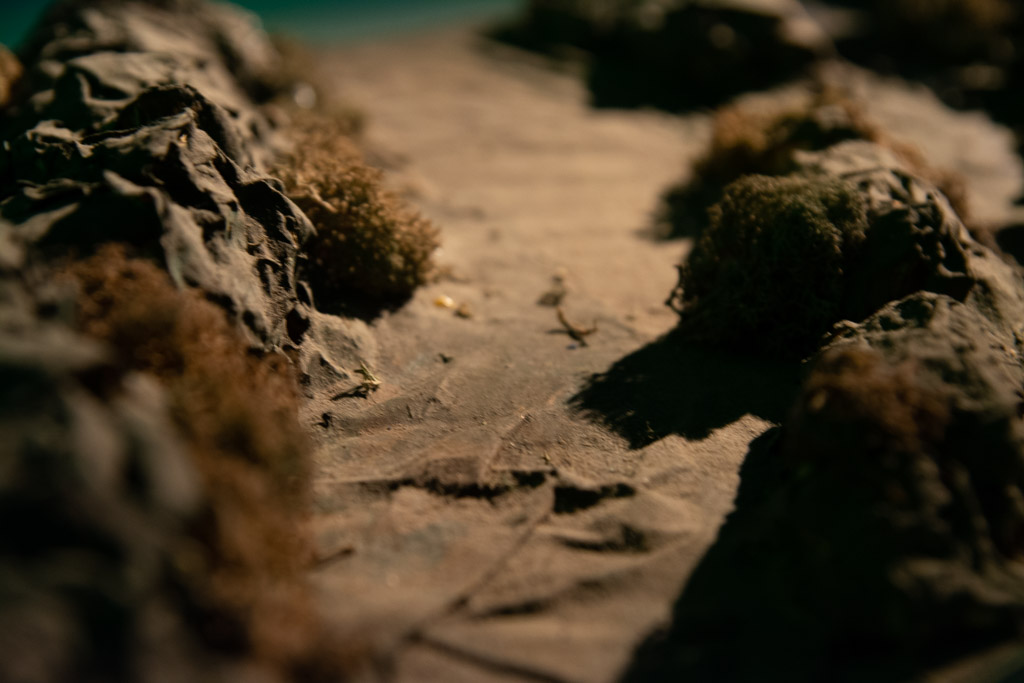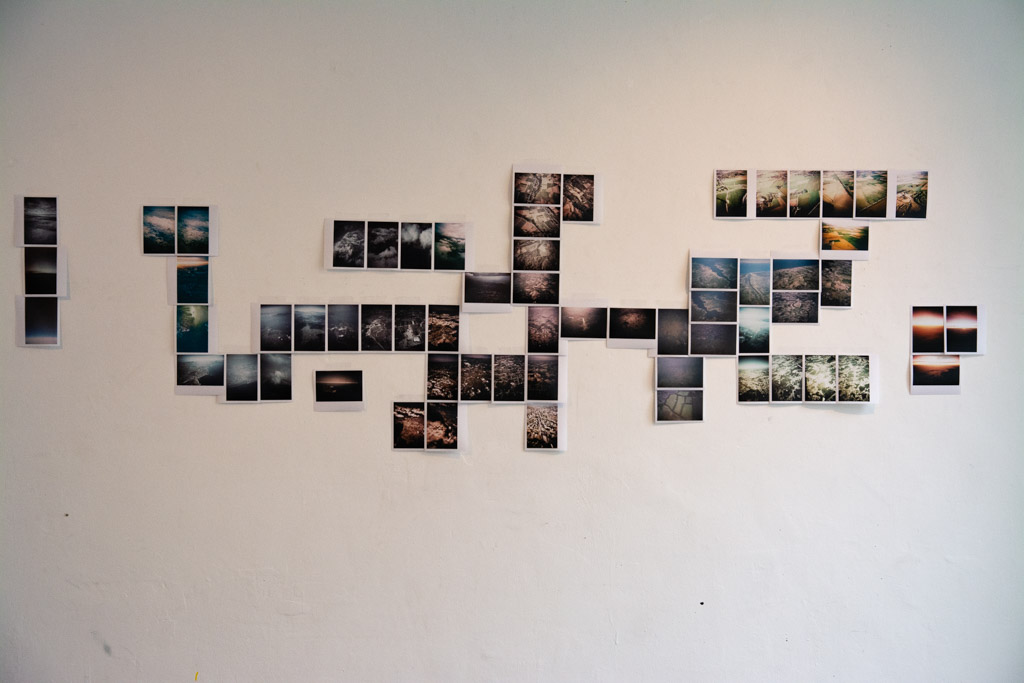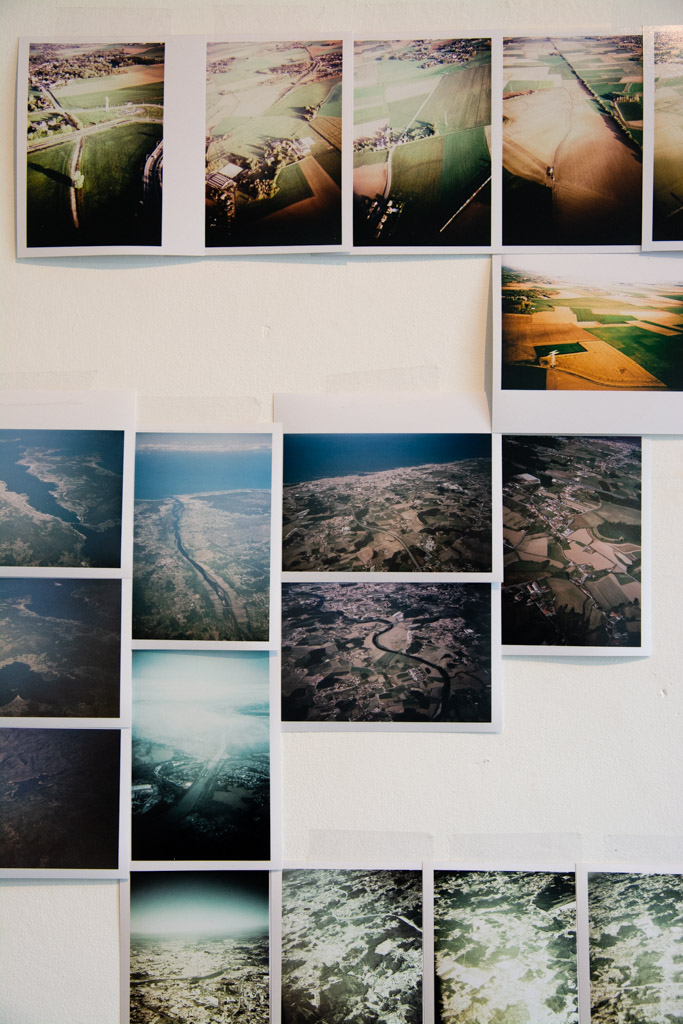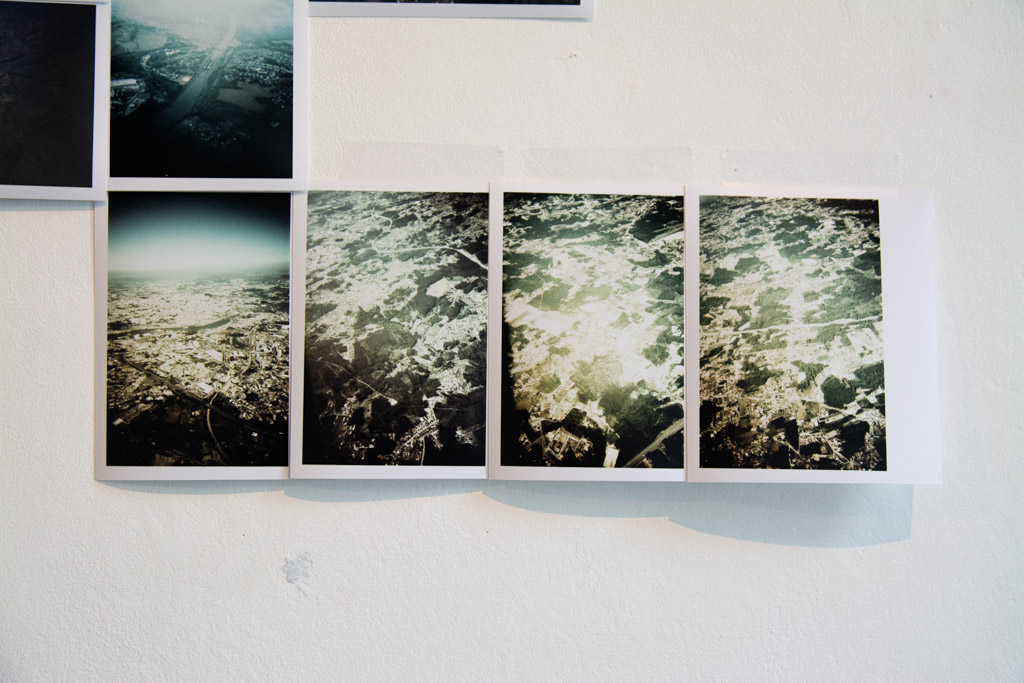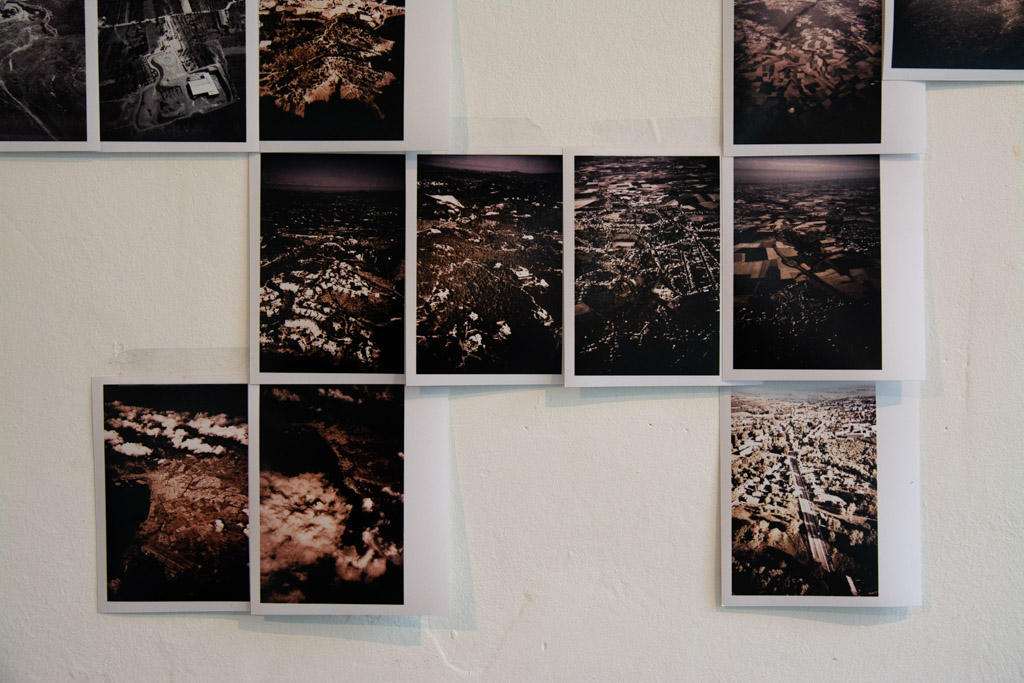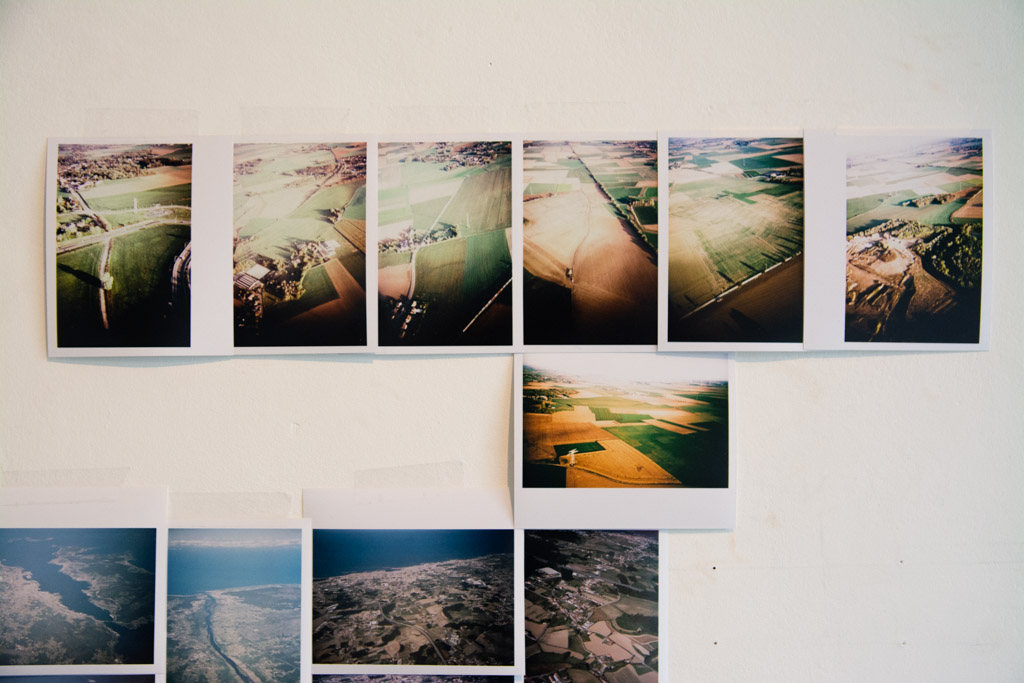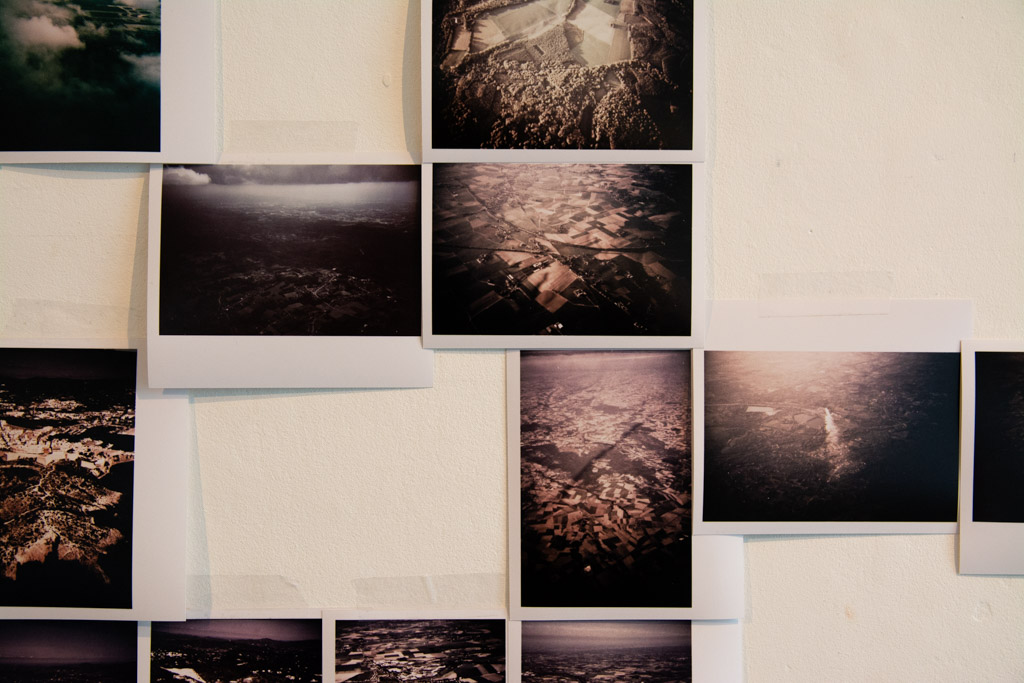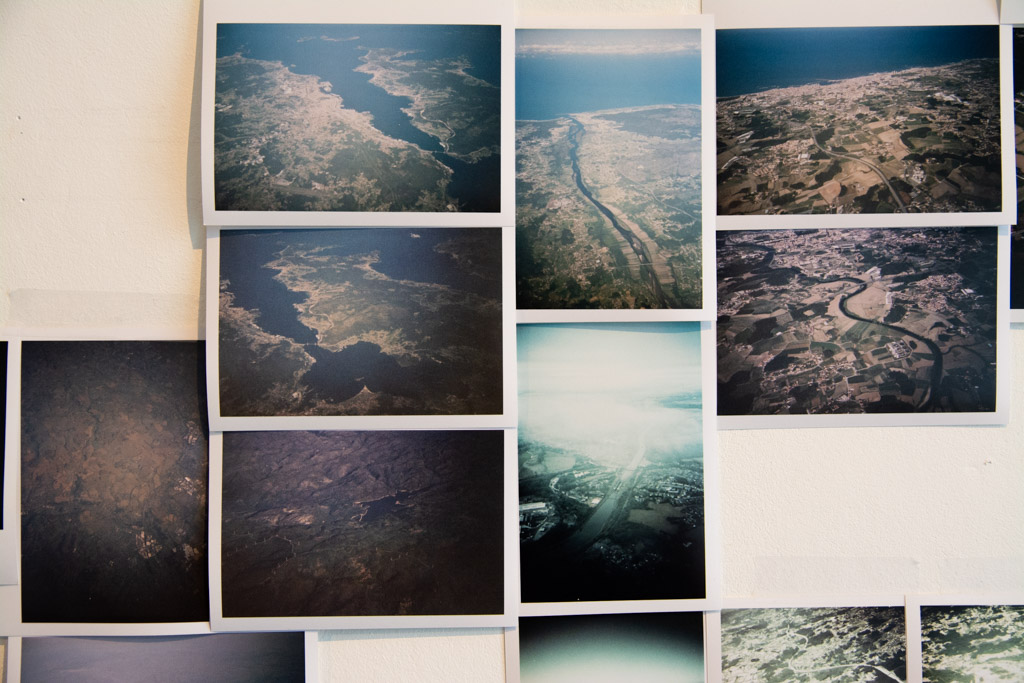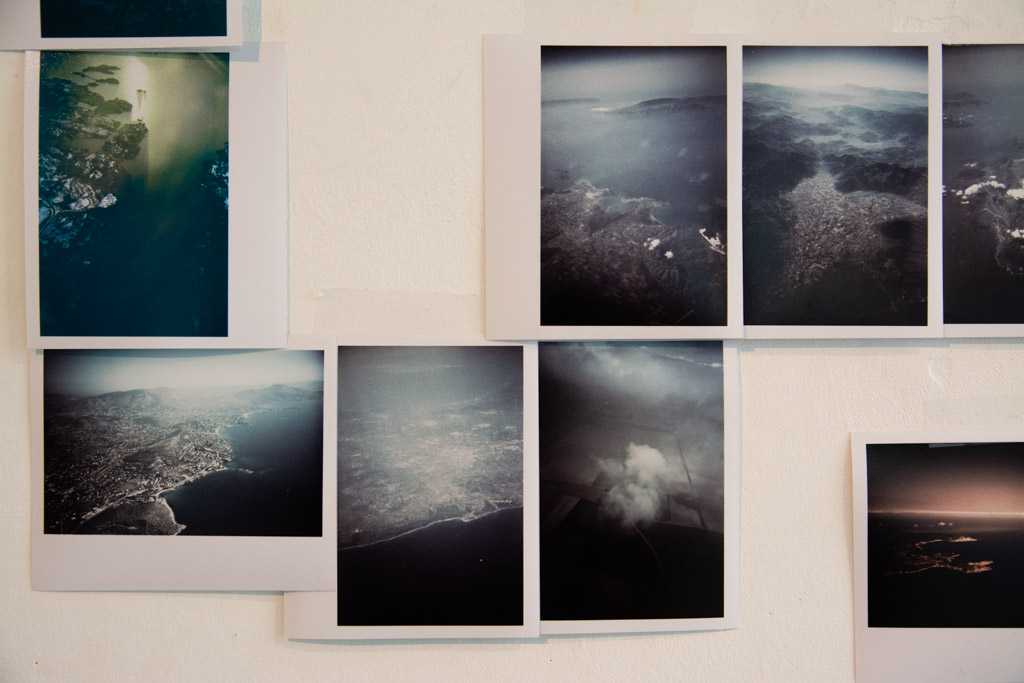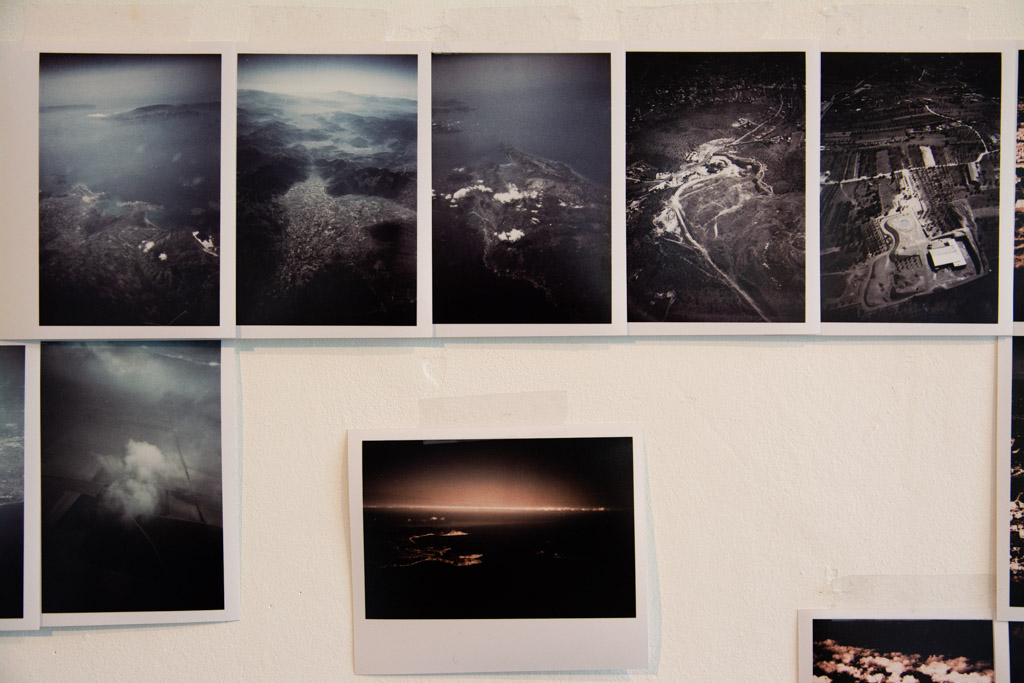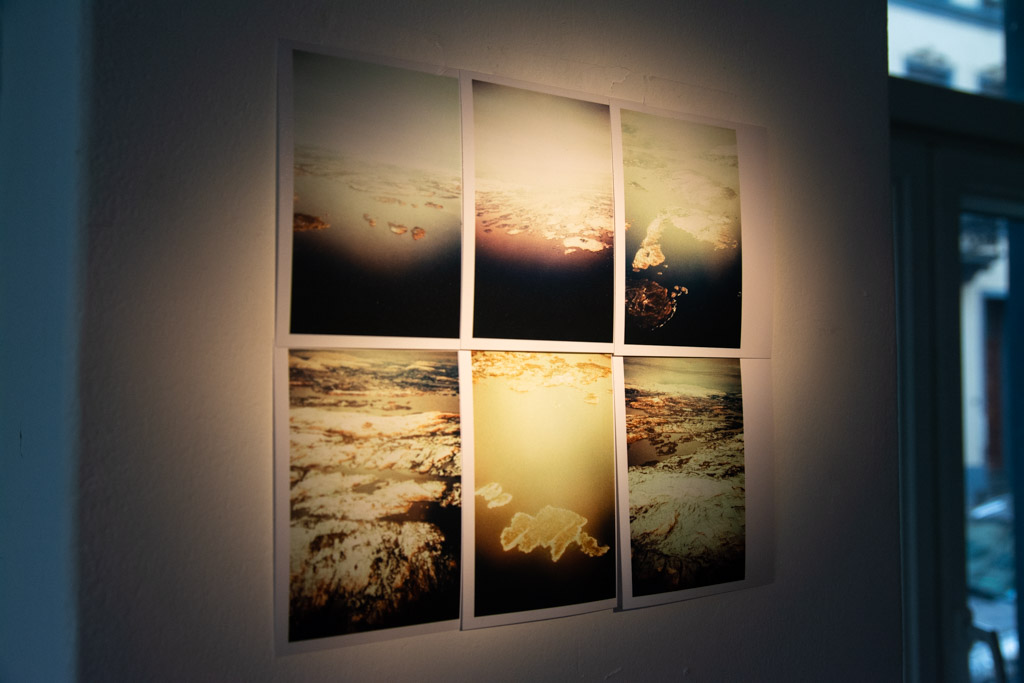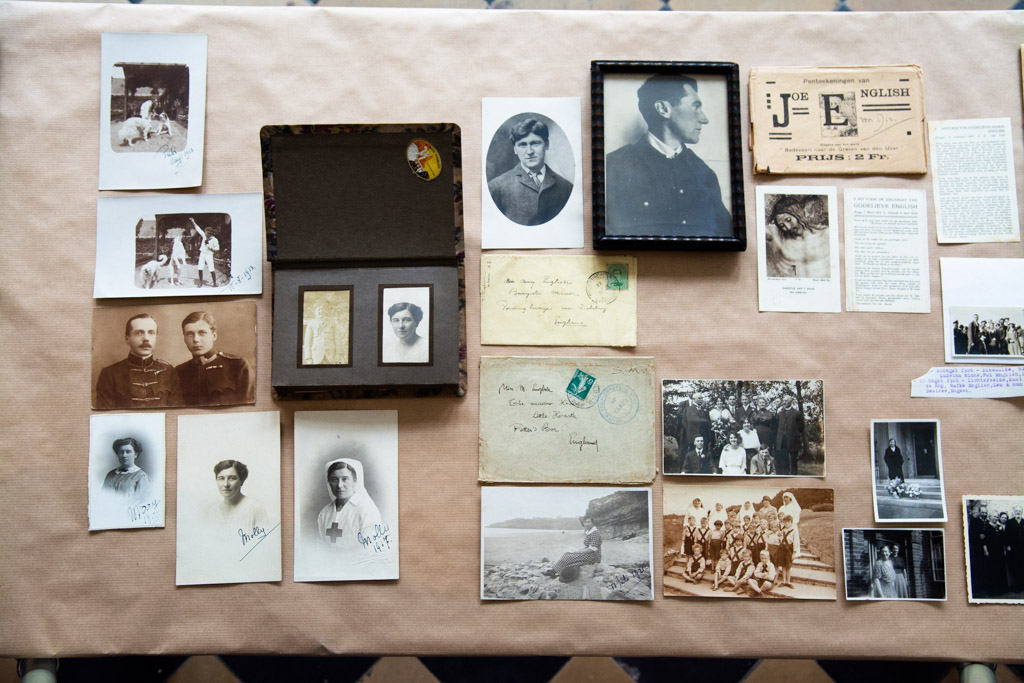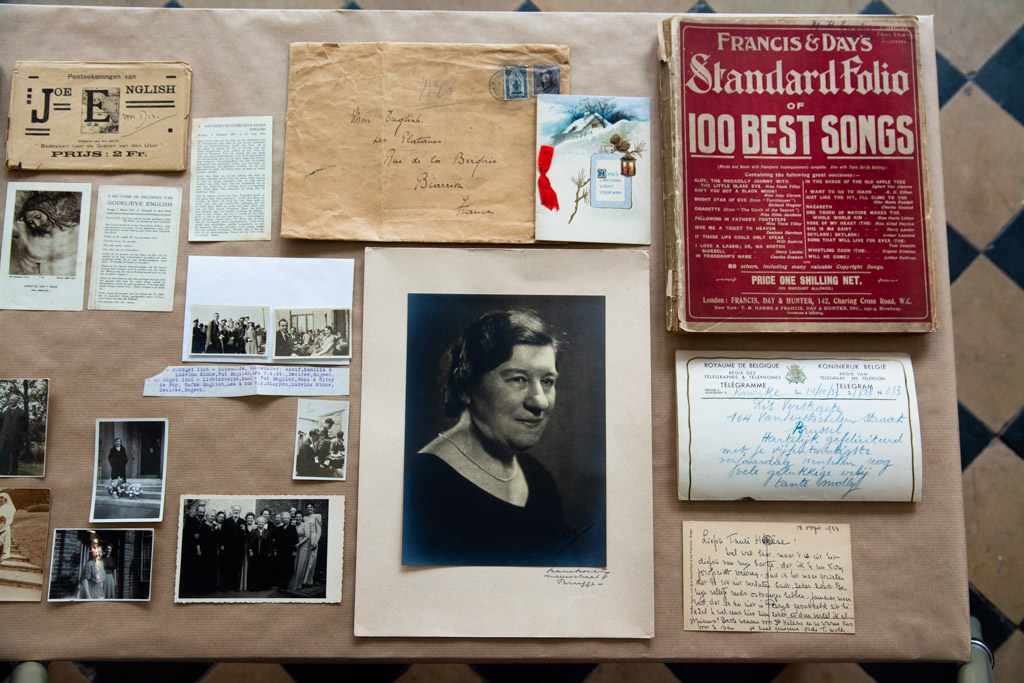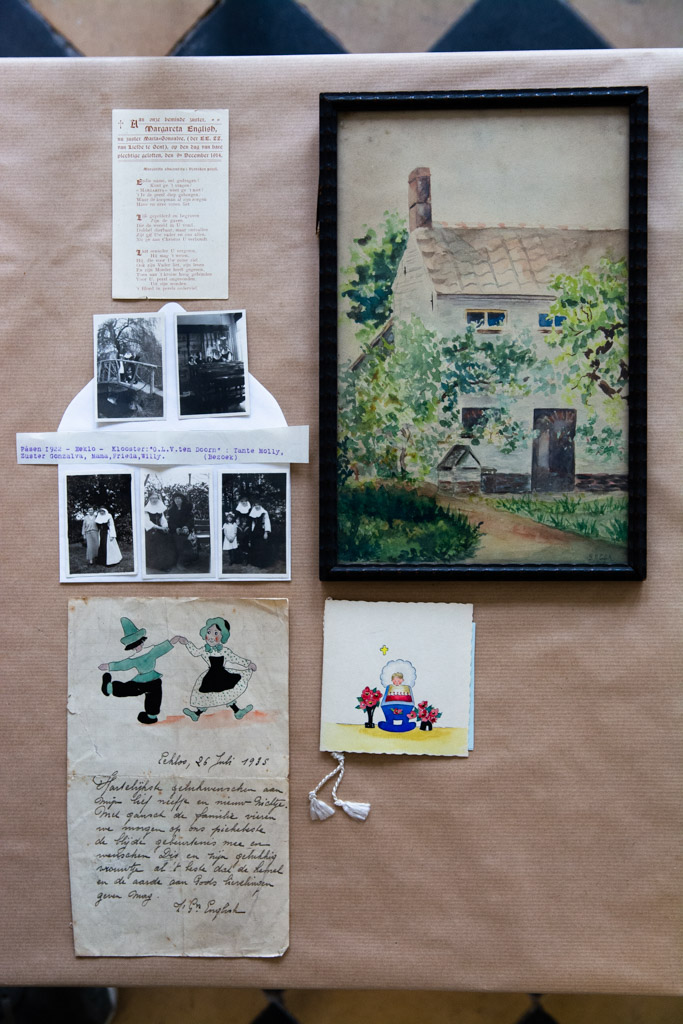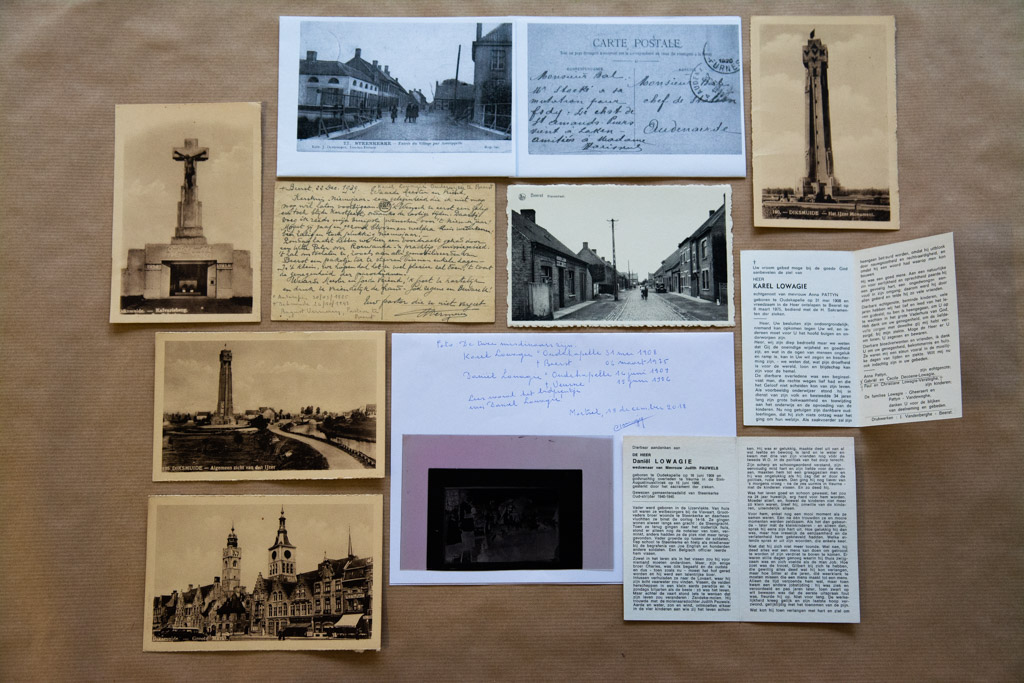
I had the pleasure of being invited for a residency of two weeks at ZSenne Art Lab. The intention was to research and experiment with different forms of presentation, looking for solutions to tell stories with pictures and objects in a different and personal way. I came up with the archive as a form of unfolding different spatial scenarios. It refers to the historical research I’ve been doing a lot lately, spending a lot of time in different archives, but also to the temporality of items and their meanings.
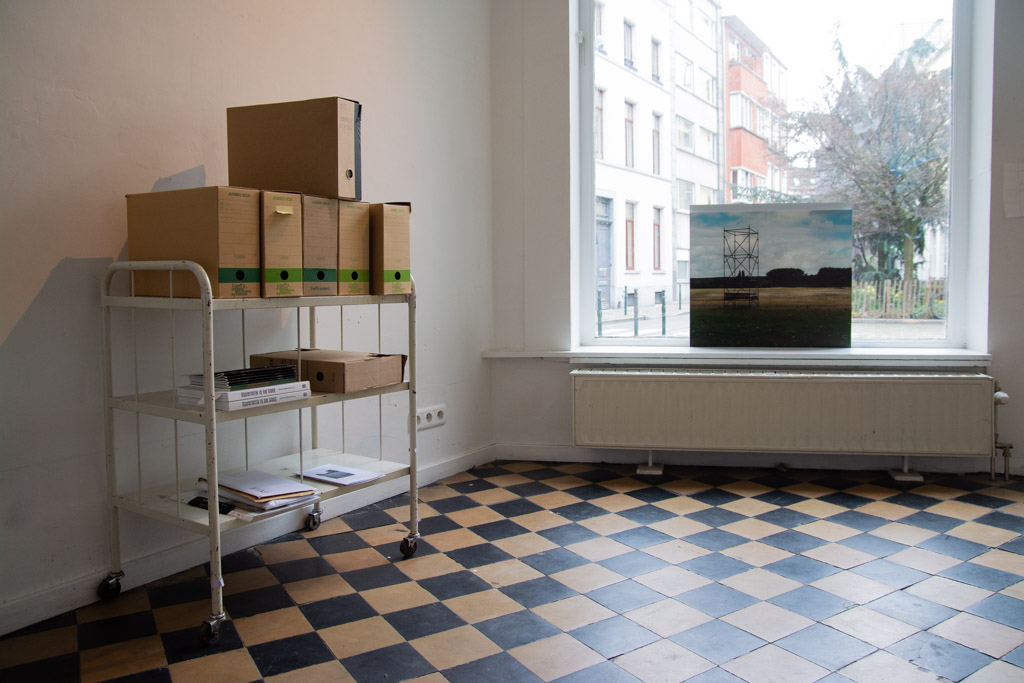
The Archive of untold stories sprouted from the urge to find a way of presenting some of the projects that have been developing over the last months and years. These all vary in different stages of completion, some are over, some are ready to present, some are merely vague ideas still locked-in in a collection of items. By gathering all these projects box per box in an archive and a public space, it also gave me the opportunity of presenting the links between them, developing themes through different projects. When people visited, they related to different themes and boxes, but it always started long conversations that resulted in me getting lots of new paths to discover.
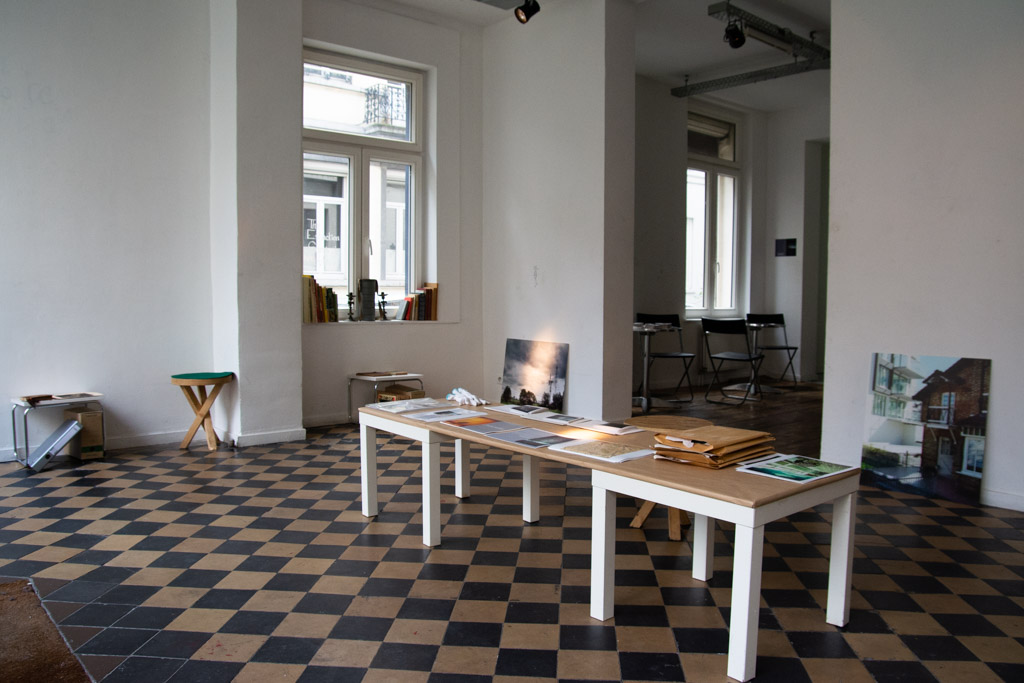
During the first days I mainly regrouped the items in separate collections and presented the keynotes that describe the different projects: Mystic Land, Marklin, Strada, Grenzen, The extinction survival archive and Molly.
As wel as some leftover prints, catalogues and books from older series, (Stadsbiografie, Bastards and Heldenhulde) a selection of prints from ‘Mystic Land’ were presented as an introduction to my work. Mystic Land used historical research to define places and routes to travel, resulting in a series that exposes how man uses his environment, manipulates it to his benefit, but not always to great result.
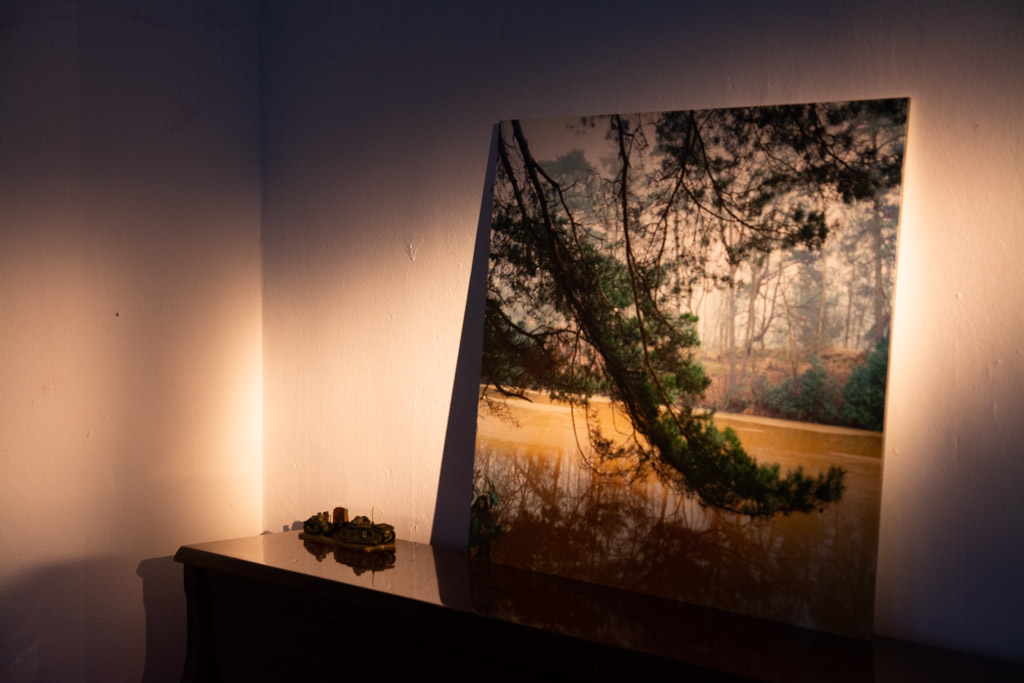
Building further on that environmental theme, the Marklin series took up the most attention as it is on the brink of completion. It was presented with the item that connects it through time, the inspiration from my childhood, a papier-maché maquette, in front of a projection illustrating the size of prints this series needs to be presented in.
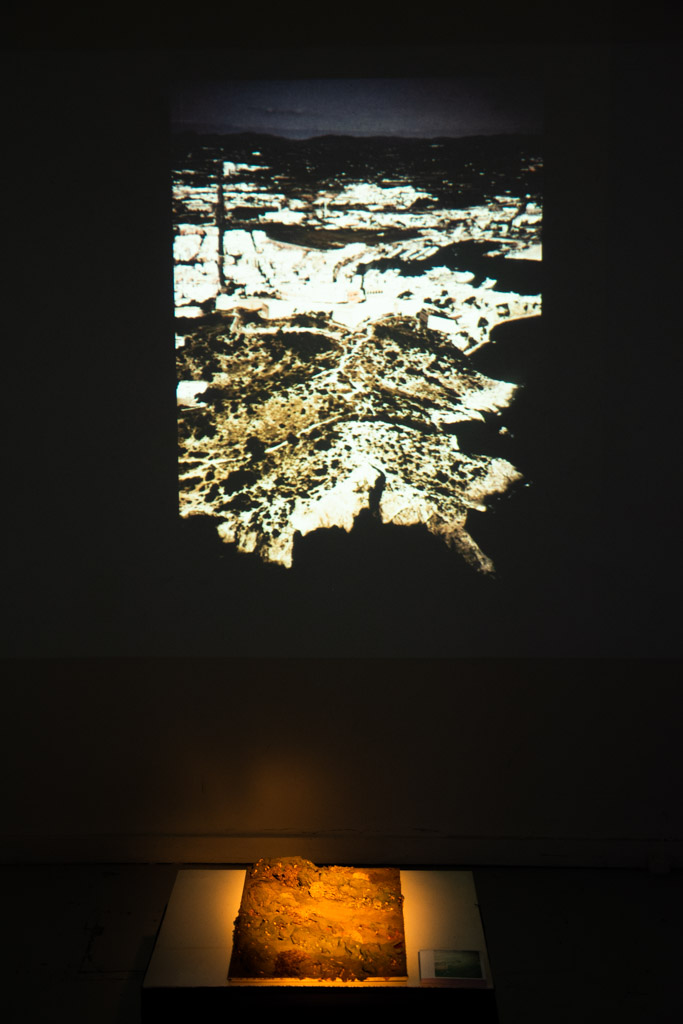
Gathering the material from over 15 years of shooting these images, I composed several series looking for formal connections and combinations. The Marklin series is ready for print and display, but I’m still thinking about counterpoint objects like the papier-maché maquette: maps, wireframes, 3D prints, scrap sculptures etc…
Building and thinking further on the environmental, Strada is the next project that tackles the theme. Back with my feet on the ground I would be exploring the highway researching its quality as a landscape and as a biotope. It is temporarily on hold due to a complete blocking of the flemish roads and traffic agency. The issue being safety, I suggested that knowing the problem may also resolve it, resulted in a categorical ’Njet’.
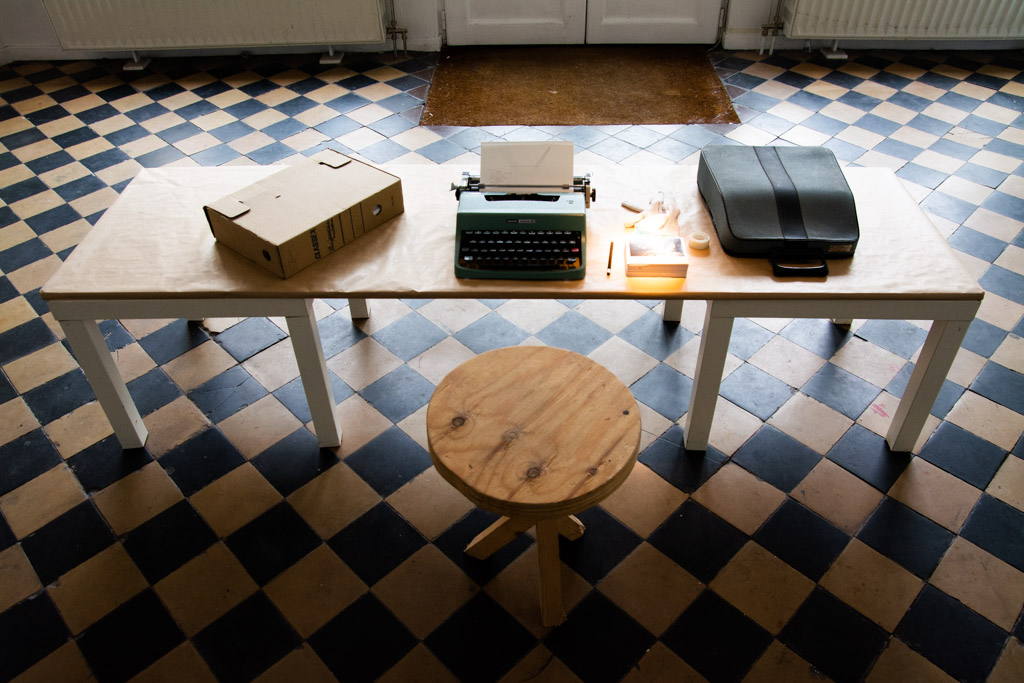
Another project in development is ‘Grenzen’ (Limits, but merely a working title). My ancestral research got me greatly interested and thoroughly knowledgeable about flemish nationalism. That movement has had a great impact on politics and society in the country. It has defined a language border, regional borders and many issues during its development over the last century. Like in Mystic Land I’m planning to meticulously travel alongside this demarcation and reflect on this division, supported by a study on limology, compiled and written by an expert in the field, Luc Boeva, who confirmed his aid and collaboration. I’m also looking into financing a residency in Dandong, China, on the North Korean border to do likewise research and creation on that border and the specific aspects of the bordertown. It will be a combination of landscape and documentary photography.
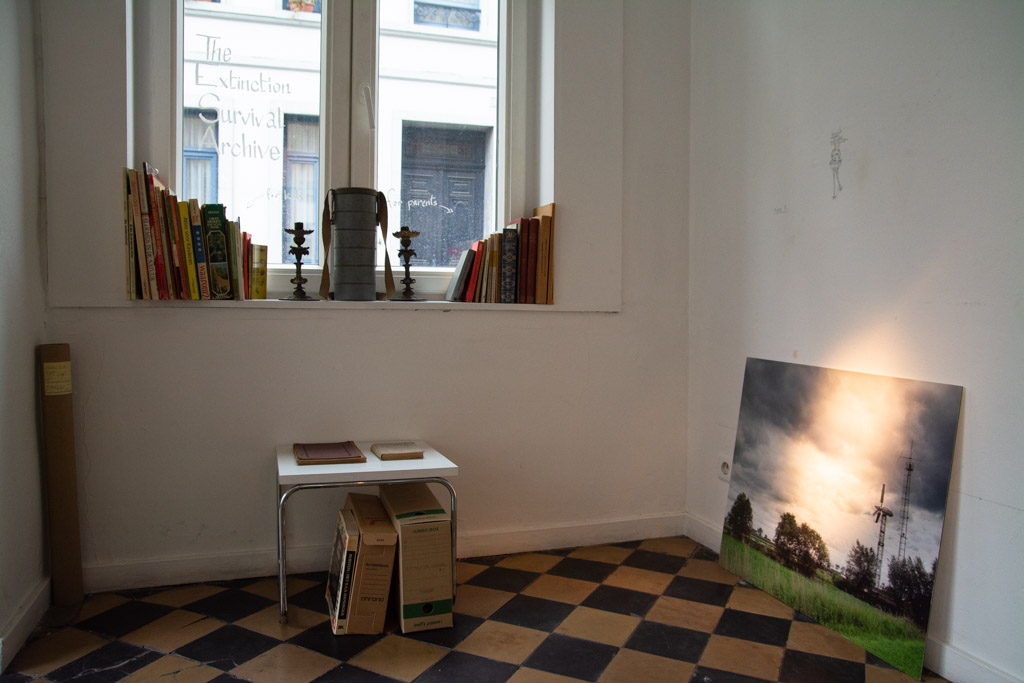
Shortly before starting the residency I came up with another idea to work on: The Extinction Survival Archive. The state of our global environment, the state of national and international politics, it all seems to be announcing an impending doom. While previously working on this theme with the company Random Scream (the pieces Investment, Expanding Energy, 7 promises and A better place) it seems twenty years of activism hasn’t really amounted up to much resolve: I should instead be organising the survival of my offspring. If our systems collapses, how can I provide the necessary information for my kids (or grandkids) who only have known the internet as a source of information when electricity will probably not be available to power a global network. Naively, I collected everything I had gathered from my ancestors (and just couldn’t part from): the horticulture courses from my grandfather, pocketbooks on basic building techniques from my architect father, books my parents had about health, natural medicine, internal medicine and even my own ‘SAS survival guide’ from my scouting days. It also includes a section of children’s books on geography, physics, the human body…
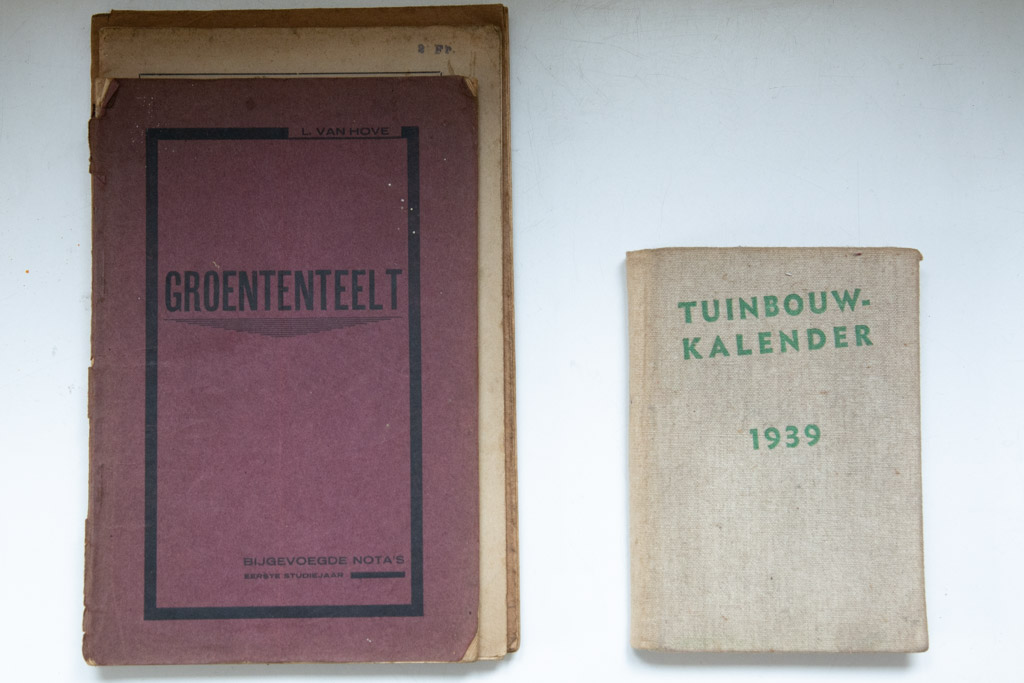
The Extinction Survival Archive instigated many long talks with visitors. We reflected on how a new monetary system would be needed and eventually we would go back to seeds as a payment method. How brussels people grew vegetables in public parks during WWII, or grew mushrooms, rhubarb and chicory in their basements. Reflections on ‘the power of the archive’. What would we need to stock in order to survive? The next step in this project will be starting up a Brussels ’preppers’ community: doomsday preparers are a common phenomenon in the states, so there must be a lot of knowledge. The aim is to gather and prepare for doomsday in a metropolitan environment.
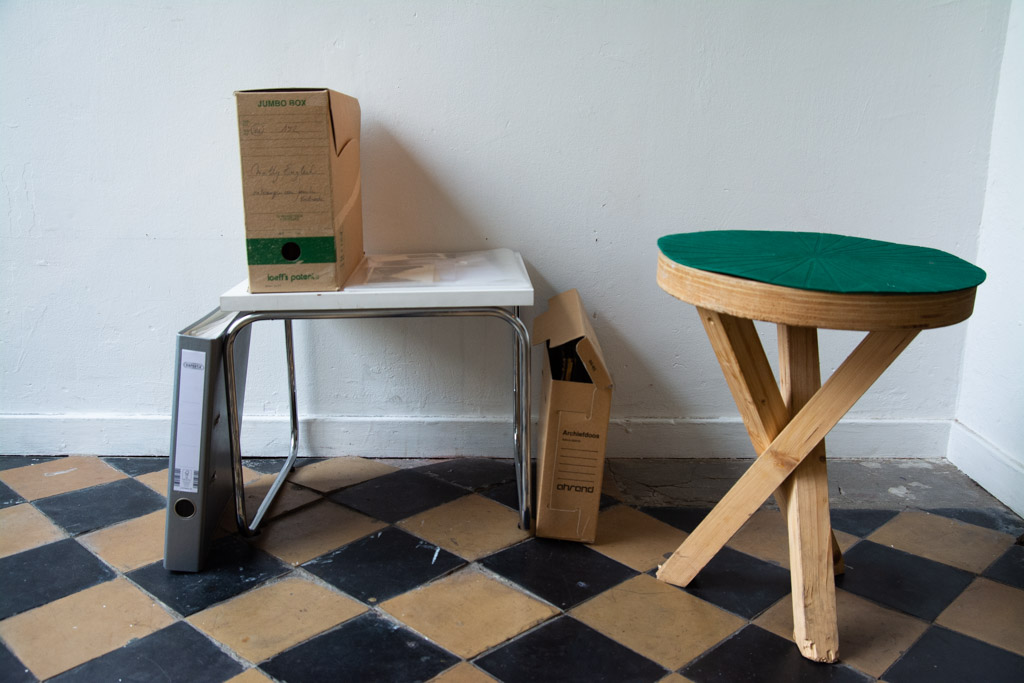
Finally, one of the most bewildering boxes contained a donation I received from Hilde Verstraete, granddaughter of Karel, who was a friend of my great-great-grandfather Henry English. It contained a photo album, loose pictures, letters and postcards from my great-grand-aunt Molly, who must have been a peculiar person in her days. She was crippled as a child due to a medical mistake, stayed single all her life and travelled all over, even to ‘indochine’. She had a career as a governess, maitre-d’hotel, a Red Cross nurse in the UK during WWI, worked for the Belgian government in London during WWII and eventually retired back in Bruges. I got to know of all this because I still have two 90 year old great-aunts, twins, who have known her in the days. I had gotten first impressions on her extraordinary life when researching for ‘Mystic Land’. As she was the one who organised lodging for her three sisters and little brother in the UK during WW1, I had visited the addresses in the UK in 2016, because Joe went to visit them during his leave from the battlefields. Now I have even more addresses in the UK, in Biarritz, Knokke, Hasselt and Brussels, places where she lived as a guest in befriended households. From Waterford in Ireland, I received copies of all the letters she had sent to another friend of the family, Kathleen Molloy, that had been carefully preserved by her offspring, Renée Fraher. There’s material in there for a new quest, not sure what it could turn out to be: a documentary or a vodcast. There’s some urgency while there’s still witnesses to talk to. To many of the visitors, this was one of the most intriguing ‘untold stories’.
While I would have wanted to do even more creatively, I must say the concept of presenting an archive of several projects in different stages of completion, felt like the right way of dealing with my work. It has something ancient, archaic, and refers back to my sources, the historical research and the knowledge I have been accumulating. But it also stays an active source, it keeps growing, keeps building up. Even if not every individual project will see completion, it enables me to keep working on my material and present it to a public, even if I can’t find the resources to start up new creations or the funding commissions keeps treating my work as irrelevant.
